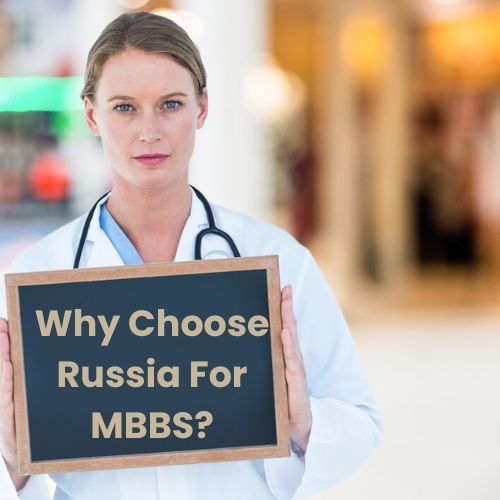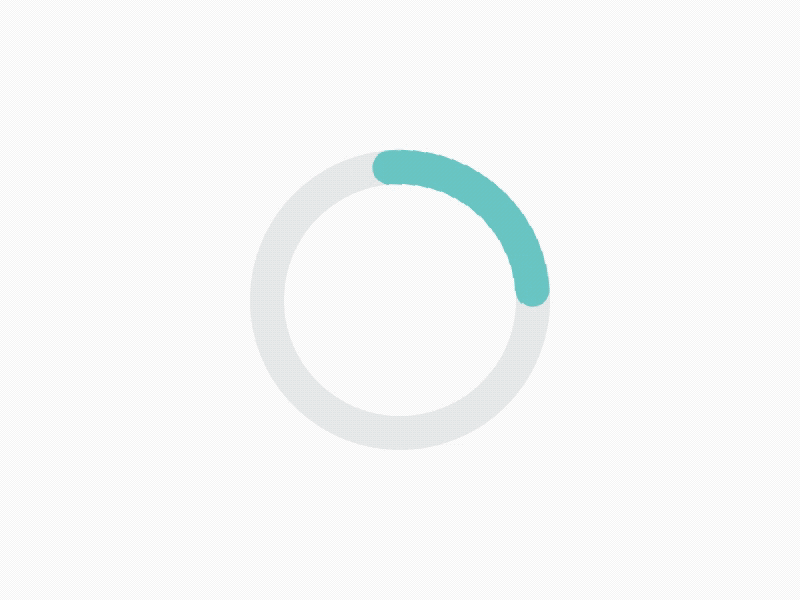Complete Overview for Why Choose Russia for MBBS?
The MBBS in Russia remains one of the most popular options among Indian students, with the reason being low tuition fees, internationally recognised degrees in medicine and the opportunity to study in English. The accreditation of Russian medical universities by major international organisations like NMC, WHO, and FAIMER makes the MBBS qualification acceptable across the globe. The environment provided to the international students is also stable, safe, and well-regulated in Russia as compared to other areas, such as Ukraine.
As the cost of medical education in India, particularly in Gujarat, where the fees of the privately owned colleges are rising sharply, the idea of studying MBBS in Russia has gained more and more popularity among Indian students. Management quota seats in India can be much above ₹1 crore, but the overall MBBS in Russia fees amount to 30-50 lakh, which makes it a much cheaper and viable alternative among future doctors.

Russia has also provided a stunning mix of affordability, academic excellence, and organised medical training to the students who weigh international opportunities. The following is a hassle-free, detailed guide that extends to include program structure, eligibility, the total cost, and the daily student experience, as this assists you in making a confident decision about studying MBBS in Russia.
Eligibility and Admission Essentials in Russia
-
Foundation Student must be 17 by December 31 of the year they apply; country’s 12th to show PCB scores (50% for open, around 40% for SC/ST/OBC).
-
NEET Compulsory qualification. Minimum cutoffs are considered institutionally varying, and the best may require scores that are higher, but there is no universal standard.
-
Required Documents Class 10 and 12 mark sheets, a valid passport with enough validity, NEET scorecard, invite letter, medical and HIV reports, photographs, and proof of funds documents.
-
How to apply (the admissions process) Admissions usually begin in September (others in January/February). This is through the direct applications (no donations, no additional entrance exams), and it is followed by the visa process.
Fee & Living Expense (Approximate)
| Category | Annual (Approx.) Cost |
| Tution Fee | 15-50 lakhs in total with 2_.3-5 lakhs tuition fee |
| Cost of Living | 30-50k/month (4-6Lakhs/year) |
| Estimated | (6 years) (mid-range) 20-35 Lakhs |
- Omsk State Medical University: 21 22 000₹
- Kazan State Medical University: 37 58 000₹
- Kemerovo state university: 18,62,000₹
- Novosibirsk State University: 34, 68, 000₹
- Crimea Federal University: 21,40,000₹
Living costs: Rent/Flat/Hotel, food, transport, etc: about 300-500 dollars/month (25k-40k a month).
Cost breakdown: The overall 6-year cost is expected to be between 20 lakh to 35 lakh.
Tuition & Other Expenses: Assuming an exchange rate of 85 INR / 1 USD, tuition may be between 3,200-9,500 USD/ academic year (=2.7-8 latch) -which corresponds to above.
Payment: The payment of fees may be made either per year or in six-month installments, either by transferring the money to the bank account of the university or once a student arrives in Russia.
Cost of living & Lifestyle
Around 12500-16600 INR/month for food, lodging, and other necessities.
The quality of the environment in the Russian cities where medical universities are located is safe in general. Hostels in most campuses are supported with students’ fundamental needs.
Russia has a population of more than 20,000 Indian students learning MBBS, hence, it has a dynamic student community.
The Finest Medical University in Russia
(Since 2010: named after Nikolay Sechenov): the best medical university in Russia and Eastern Europe, and Russia’s top-ranking medical school with the best clinical facilities in the country.
Well-known, worldwide famous; included in the world ratings.
Other popular universities include the Kazan State Medical University, Volgograd State Medical University, Altai State Medical University, Kursk State Medical University and Siberian State Medical University.
Academic Calendar
-
Intake The admissions cycle for MBBS starts in September 2025-26; admission to the next year starts in September.
-
Awareness and & Employment Opportunities Internationally accepted (WHO, NMC): Russian MBBS is accepted by international medical organizations. The graduates can be licensed through examinations such as FMGE (India), USMLE (USA), PLAB (UK), etc
-
Practice Alternatives Students can go back to India after completion and after clearing the FMGE/NEXT exam practice, or can study in other countries and build a career.
-
Training Structure Curriculum Duration: 6-year program- 5 years theory and 1 year obligatory internship.
Curriculum
- Pre-clinical years: (Anatomy, Biochemistry, Microbiology, Physiology).
- Pathology, Pharmacology, Forensics: para-clinical.
- Clinical: Pediatrics, Surgery, Obstetrics and Gynecology, Internal Medicine
Pros and Cons (Self-reporting Student Perspectives)
Pros:
Low-cost fee structure
World-class infrastructure
English-medium courses
Indian food choices
Decent hostel
Pros are greater than cons … high quality of education … hospitable environment.”
Cons:
- Language Barrier: English is working only in academics, whereas Russian is required in normal life and clinics.
- Clinical exposure is sometimes interfered with by the low patient inflow, but compensated for later.
- Adjustment to climate and culture can be hard.
Legislative Update (Significant to 2026 grads)
Graduates of state-funded medical training are now required to work within a year after graduating, under a new Russian law (effective January 1, 2026). With no job acquisition, they risk paying a fine (up to three times the amount of education expense or more than probably ~42,000 dollars). Otherwise, they have to commit to 3 years of service or further education.
Takeaway: When thinking of a state-funded university, put in place a plan to meet this requirement.
Should you study MBBS in Russia?
Advantages
- Global recognized programs that are cost-effective
- NMC/WHO-certified universities with English-medium degrees
- No capping, extra charges
- High infrastructure through good practical exposure
- Indian student-friendly environment
Considerations
- A qualification as a NEET is a requirement
- Acclimatisation to Northern climate & Russian culture
- A daily life and clinical immersion are needed to learn Russian
- Variance with new post-graduation service/penalty law (on or after 2026)
Prospect Quick Action Plan
- Ensure that NEET is qualified with 12th grade PCB 50% (or with relaxation conditions)
- Shortlist universities– fees, recognition, language, geography
- Enroll in May-July by the September intake, and prepare admission documents
- Budget: expenses on plans + money to live + visa/admissions processing
- On the way to departure, it is time to learn the Russian basics
- Know about the 2026 law in case you choose state-financed universities
- Once you arrive, remain focused with clinical excellence and post-MBBS licensing (FMGE/NExT in India or USMLE/PLAB overseas)
1-Year Clinical Internship in Russian MBBS - Department-Wise Details
| Department / Rotation | Duration | Skills & Training Gained | Benefit for Future Practice |
|---|---|---|---|
| General Medicine | 3-4 Months | Taking of patient history, diagnosis, prescription, chronic illness management | Care (assists in FMGE/NExT and PG preparation) |
| General Surgery | 2 Months | Simple surgical skills, wound dressing, suture, and assist in surgery | Improve emergency care, and surgical decision making. |
| Pediatrics | 1-1.5 Months | Child health examination, immunization, growth/development | Help in proper care and management of child patients. |
| Obstetrics & Gynecology | 1-1.5 Month | Antenatal care, normal deliveries, support in C-sections | Prepares women health care, maternity care |
| Orthopedics | 1 Month | Bone fracture care, plastering, injuries to the joints | Improves trauma care and emergency care |
| Psychiatry | 0.5-1 Month | Counseling, finding mental health problems, psychiatric crises | Develops communication, empathy with patients |
| Emergency / Casualty | 1 Month | First aid, trauma care, life-saving operations (CPR, ventilators) | Important to use critical cases in the hospital. |
| Electives / Minor Specialties (ENT, Ophthalmology, Dermatology, etc.) | 0.5-1 Month | ENT exams, vision tests, skin disease diagnosis | To give a multi-specialty exposure to holistic training. |

